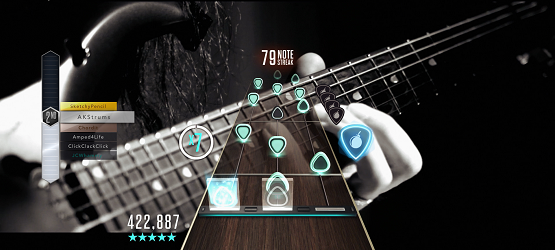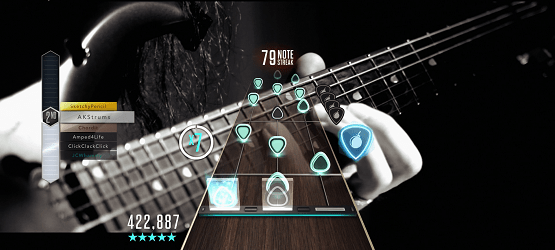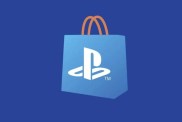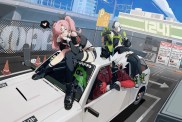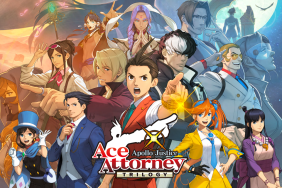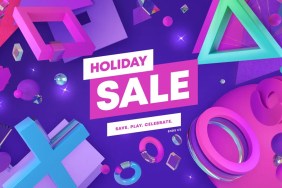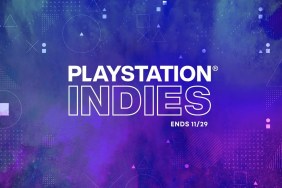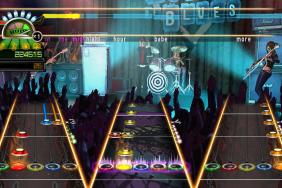The plastic instrument rhythm genre seemed to go on hiatus a number of years ago. Guitar Hero Live has gone a long way in advancing the genre while also taking it back to the roots of what Guitar Hero was all about, making its return feel like a long awaited reunion tour from an old favorite, rather than some one-hit wonder trying to recapture their golden years.
The most obvious update is the switch from five in-line buttons to a stacked three-on-three button set up. The change expands the playable difficulty range, making it easier for newcomers to learn given no requirement to use your pinky, and harder to master for the pro players, with a massive amount of new possible chord fingerings and button combinations that harder difficulties have you rapidly switching between, including bar chords that require both buttons on a single fret to be pressed.
I have a very healthy (or unhealthy, however you want to look at it) history with Guitar Hero and Rock Band, having at one point been able to outfit two full bands with plastic instruments. I had more or less mastered the expert difficulty modes, and owned a ton of music in the Rock Band catalog. Starting Guitar Hero Live was initially difficult for me, even on the standard difficulty, having to retrain my mind to understand that there were only three buttons across on the fretboard.
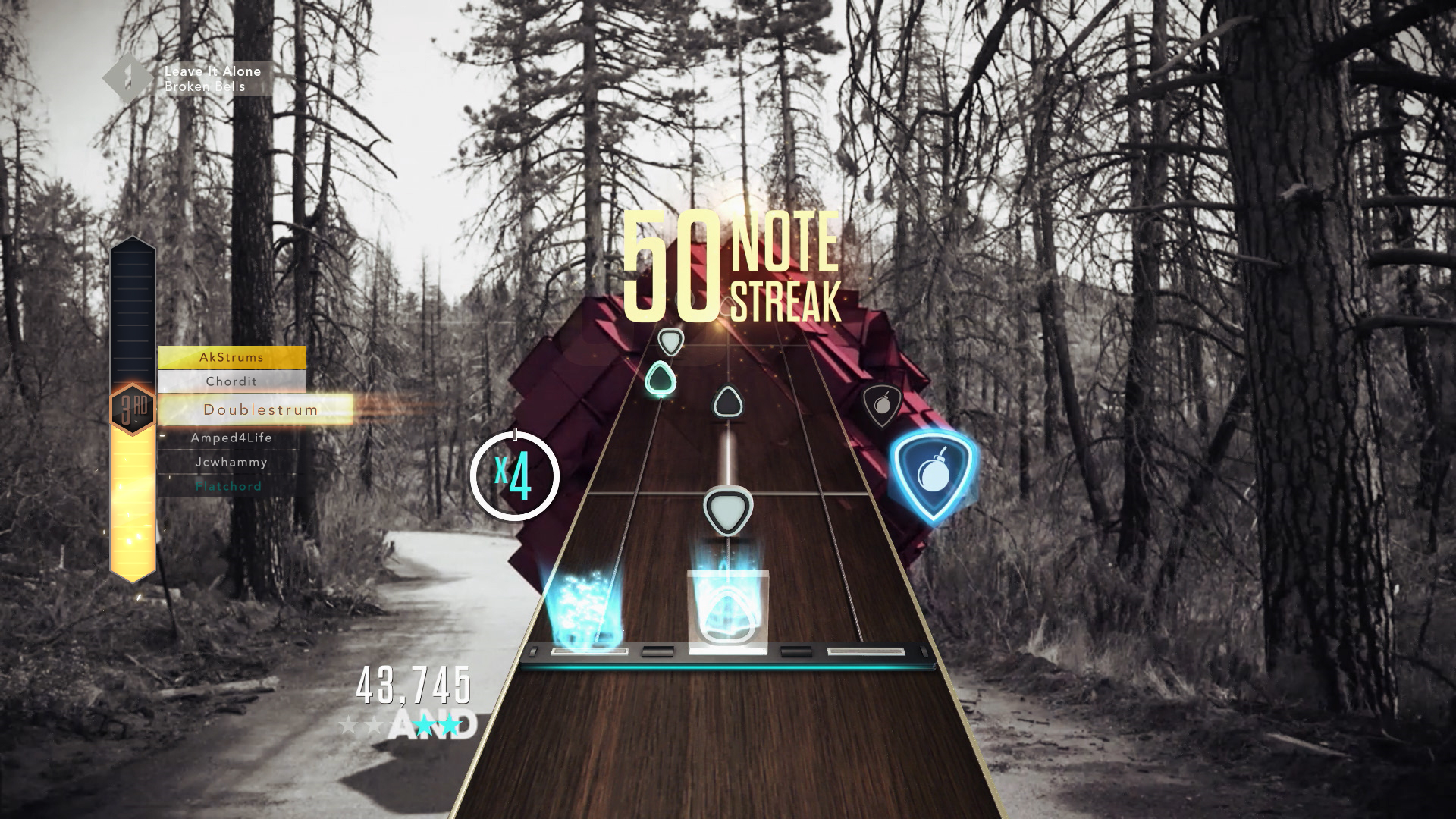
Learning a New Riff
White guitar pick icons point down indicating the lower button on the fretboard, and black guitar pick icons point up, indicating the upper button. Seeing the rightmost note — either upper or lower — made me instinctively reach my pinky down more often that I want to admit. Ironically, the biggest learning curve will come for those that are already familiar with having a plastic guitar in hand. It’s a very different feeling, but once I got used to it, I find that I vastly prefer the new dynamics and versatility of the stacked button configuration. Occasionally the jump in difficulty levels is quite a leap, depending on the song, but with so many songs to enjoy, it’s not a huge problem.
In Guitar Hero Live, focus is entirely on the guitar. There are no separate bass tracks. There are no drums. In fact, there aren’t even multiple guitar tracks for rhythm and lead. There is only a singular track for each song that is comprised of the most fun parts to play, which could entail lead, rhythm, bass, or a variety of other instruments depending on the song. There is a very simple plug-and-play vocal component to make it a fun party game, but you’ll need your own USB mic for that and it doesn’t lend itself to any kind of progress in the game. Focus is first and foremost on that guitar in your hands.
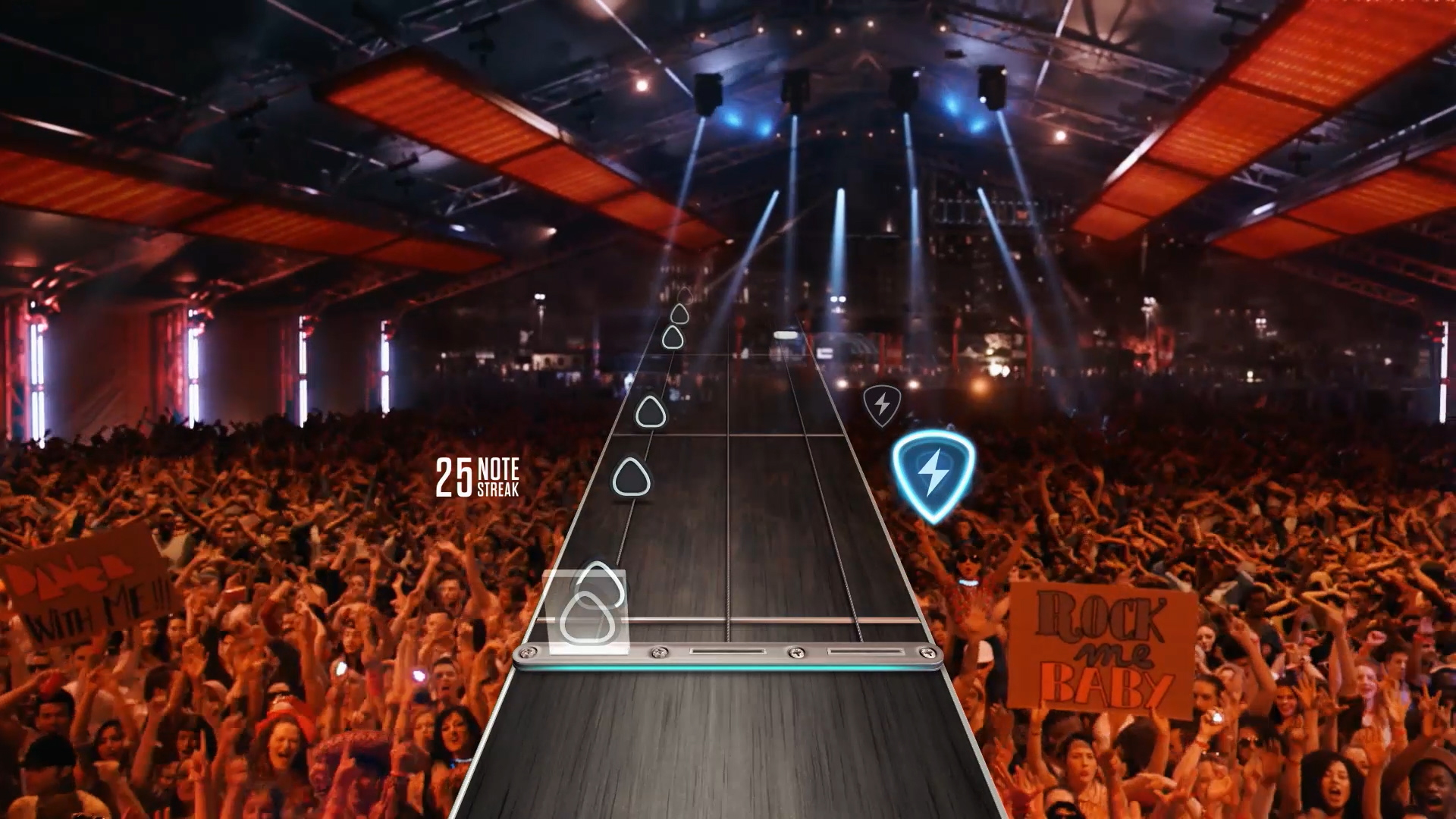
The Rock Star Fantasy
Guitar Hero Live is divided into two distinct mode. The Live portion — the game’s namesake — is more along the lines of the traditional rhythm games that we know and love. Live is the campaign mode, and even this familiar mode has it’s share of updates to provide a new look and feel to playing a plastic guitar again. Most notably, the background video is a guitarist’s first-person view of a live performance. Yeah, it sounds pretty silly, and I’ll admit, it looked fairly ridiculous to me when I first saw it, but bear with me for a second.
One of the goals in video games is to provide us the ability to do things we may not be able to do in real life, and Live is our ability to be a rockstar on stage. Playing a full setlist of three songs puts you in the shoes of the guitarist, from backstage, to those first riff played, to interacting with your band between songs. Each setlist is genre appropriate, and the band, venue, and fans all match to make everything feel as authentic as possible. They didn’t just film a single first-person video either. There are videos for whether you’re doing good or bad, and a slight blurring will switch between them as your performance shifts.
It’s exhilarating to be doing well and look out at the crowd, seeing them singing along and going wild. On the other end, doing poorly and and having my bandmates give me dirty looks drives me to up my performance, especially those evil glares from the girl in The Jepson Hangout. There are 42 songs spread across 10 created bands at two different festivals, and after playing the songs in the setlists, they are unlocked to be played individually in quickplay.
The Playable Streaming Music Service
Guitar Hero Live’s second mode, GHTV, is the one where they’re doing the most to really advance the rhythm game genre to match our current way of consuming media, and was where I find myself spending most of my time with the game. Previously, expanding the song library was limited to purchasing DLC songs directly. These were added to the game, and then may never be played again. I know that I personally had a few regular favorites that I went back to, despite owning hundreds of songs. Some of these songs may have only been played once or twice before fading into the obscurity of my massive catalog, feeling like money wasted, sort of like the 10,000+ rarely listened to songs on my iPod (I refused to pirate music).
GHTV offers up two streaming playable music video channels, with a third coming shortly after launch. Being a combination between streaming services like Pandora, Spotify, Netflix, and cable TV programming, the pre-scheduled channels play 24 hours of music videos from a catalog that currently exceeds 200 songs, with 70 more reported to be added before year’s end in weekly updates. I could start it up right now and find myself in the middle of a song by Green Day, or switch over to channel two and play something else entirely. It’s what MTV should be. Repeated music videos, and not a single reality show in sight.
It’s far more than two channels of randomized music though. Each channel is filled with themed half hour to hour long blocks called shows, curated around certain genres or collections of songs. 5:00 PM might bring “Metal Hour” on channel one, and a half hour long ‘Indie Legends’ on channel two. This way you are playing groupings of songs that you really like, so if you aren’t into metal, you know not to head back to channel one until around 6, when a different show comes on. The shows are custom created by the team at Freestyle and they are a great way to discover the more than 200 songs that GHTV will offer at launch.
Unlike Spotify or Pandora, there is no way to like or favorite a song to go back and play it later. The entire catalog is available to play on demand by earning or purchasing plays in game, but it would be great to build my own library of favorited songs, or create permanent playlists that have songs I like to go back and play. I would love to set up a custom playlist for songs that I can play on expert difficulty, or great new music that I discover while playing. When the catalog is already surpassing 200 songs, and more being added weekly, not having the ability to pin or favorite discovered tracks is quite an oversight. You can create a quick playlist to play on demand, but once you play it there is no way to save the list of songs to come back to easily.(Ed. Note: I’ve received word this may be updated after launch, and is by design to encourage players to discover new music rather than just play a couple of favorites).
The Best Part of a Streaming Service
The best part of offering music as a streaming service is the versatility in constantly updating the game. Premium shows can be unlocked by meeting certain goals in other songs and may feature live shows or exclusive songs. Completing these will also net premium rewards, such as player cards, note highway skins, and boosts to experience and coin earnings. Simply playing the game will continue to earn you coins to purchase rewards and on demand plays. The whole catalog, premium shows and all, can be accessed without ever paying a dime beyond the initial purchase price, but the option is there if you want to go that route. There is even an option to pay $5.99 to unlock every song for unlimited on demand play for a 24 hour period, aptly titled the “party pass.”
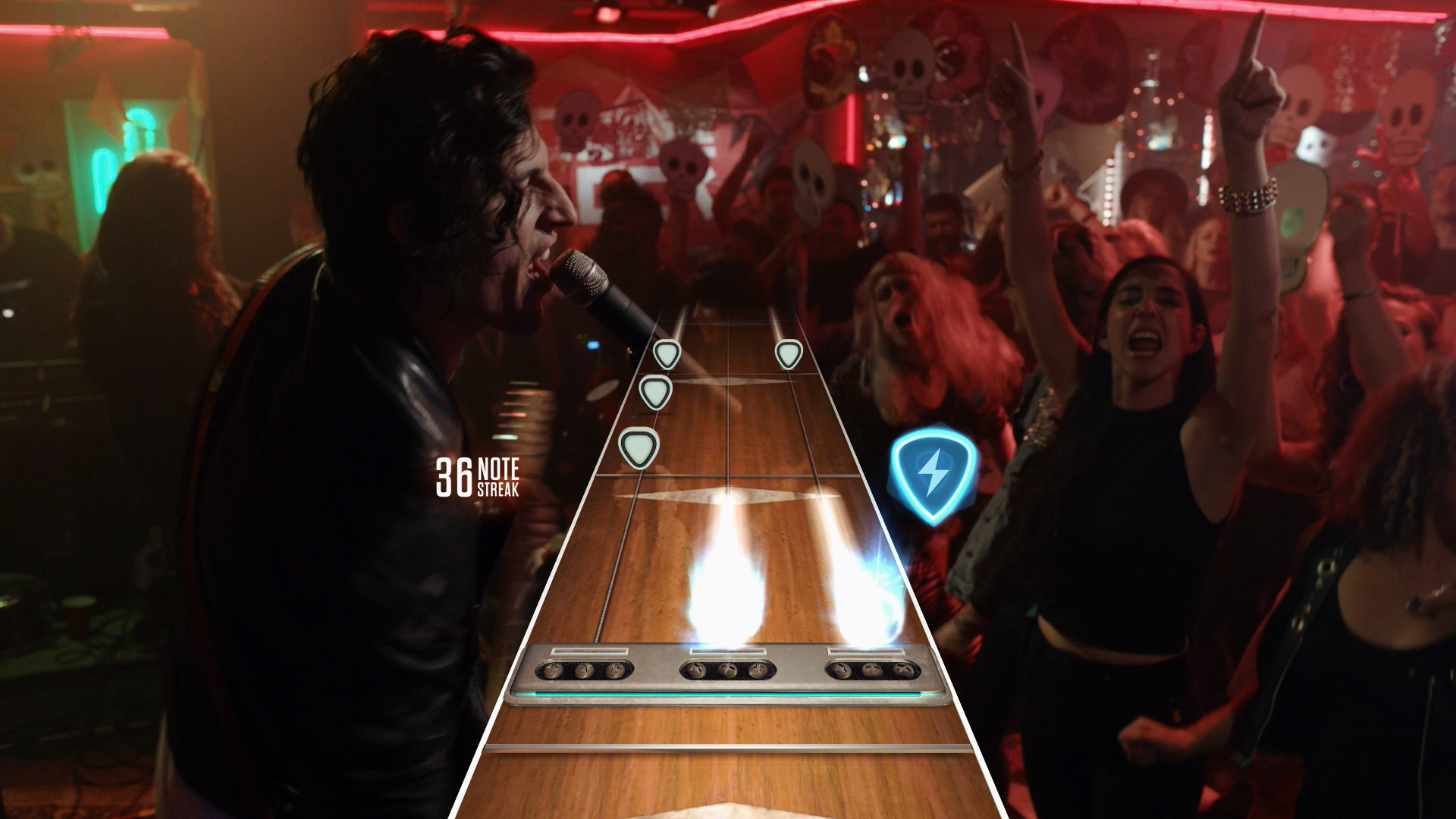
Instead of looking longingly at the addition of DLC songs that you would like to purchase but just don’t have the money for, we’ll get to look forward to songs being added to the streaming library without any additional cost to us. They’ll come up during the shows, and they’ll be accessible in the on demand listings. There’s even the possibility of new modes, additional rewards, and exclusive reveals through the platform.
Guitar Hero Live could get away with only being the GHTV side of things. The catalog of songs is huge. The promise of future updates is tantalizing, and it’s far too easy to get sucked in to playing a show and find yourself playing for hours. And all of this comes without a subscription fee of any kind. You just need to buy the game and the streaming library is at your fingertips. But they’ve also added the offline Live mode, and gone above and beyond in creating an extremely unique way to live out your rockstar fantasies. Add in the brilliant new game mechanics that come from the reconfigured guitar controller, and combining our old love of rhythm games with the modern way we consume music, and Guitar Hero Live is the worthwhile reunion of an old favorite that we’ve all been waiting for.
Guitar Hero Live review copy provided by publisher. Reviewed on PlayStation 4. For more information on scoring, please read our Review Policy here.
-
Massive song catalog
-
New guitar configuration is more fun to play
-
Constantly updating streaming service
-
Live out the rockstar fantasy
-
No current way to favorite or pin songs on the GHTV
-
Difficulty level can jump up rather quickly
guitar hero live
-
Guitar Hero Live Review
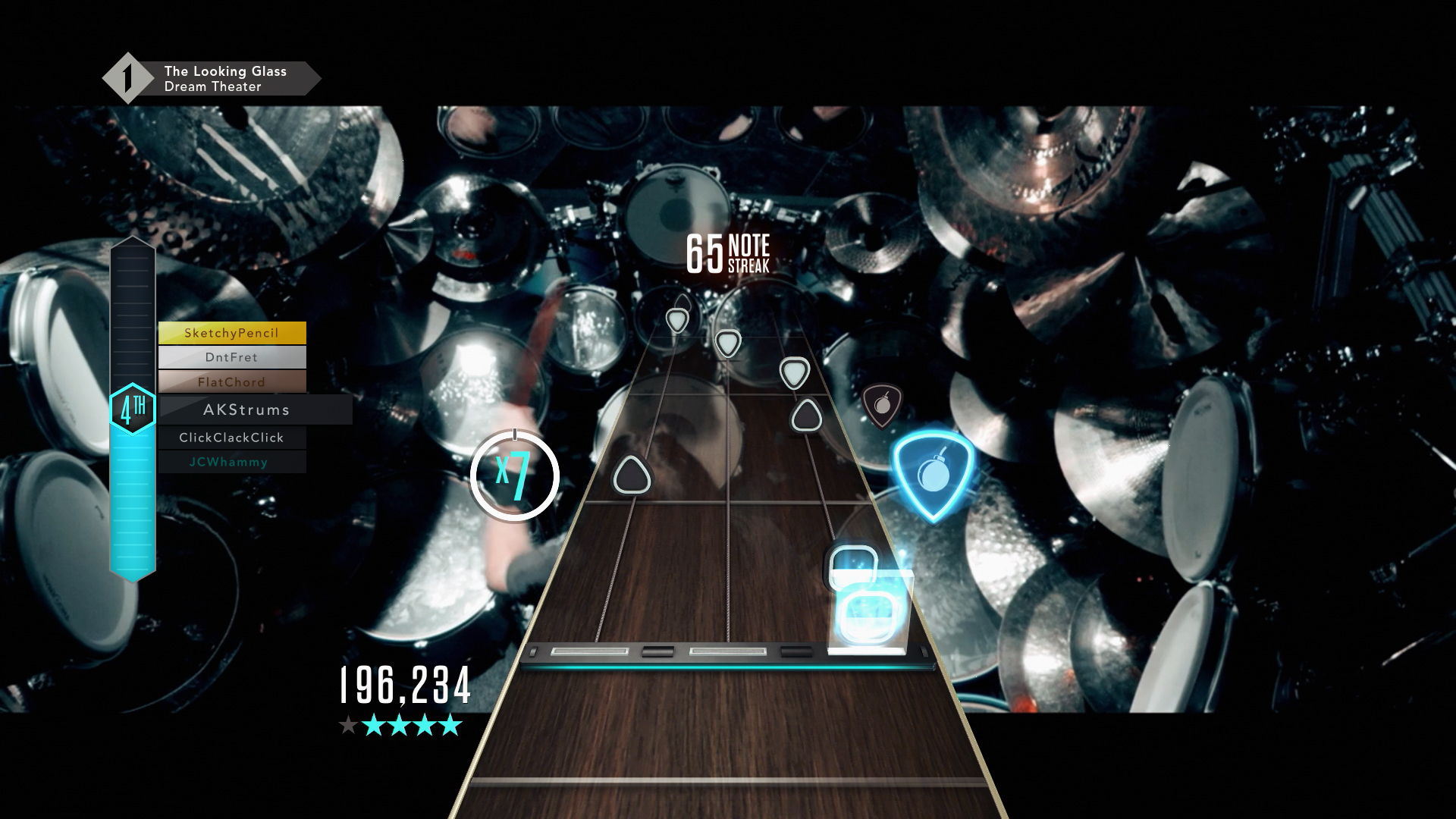
-
Guitar Hero Live Review
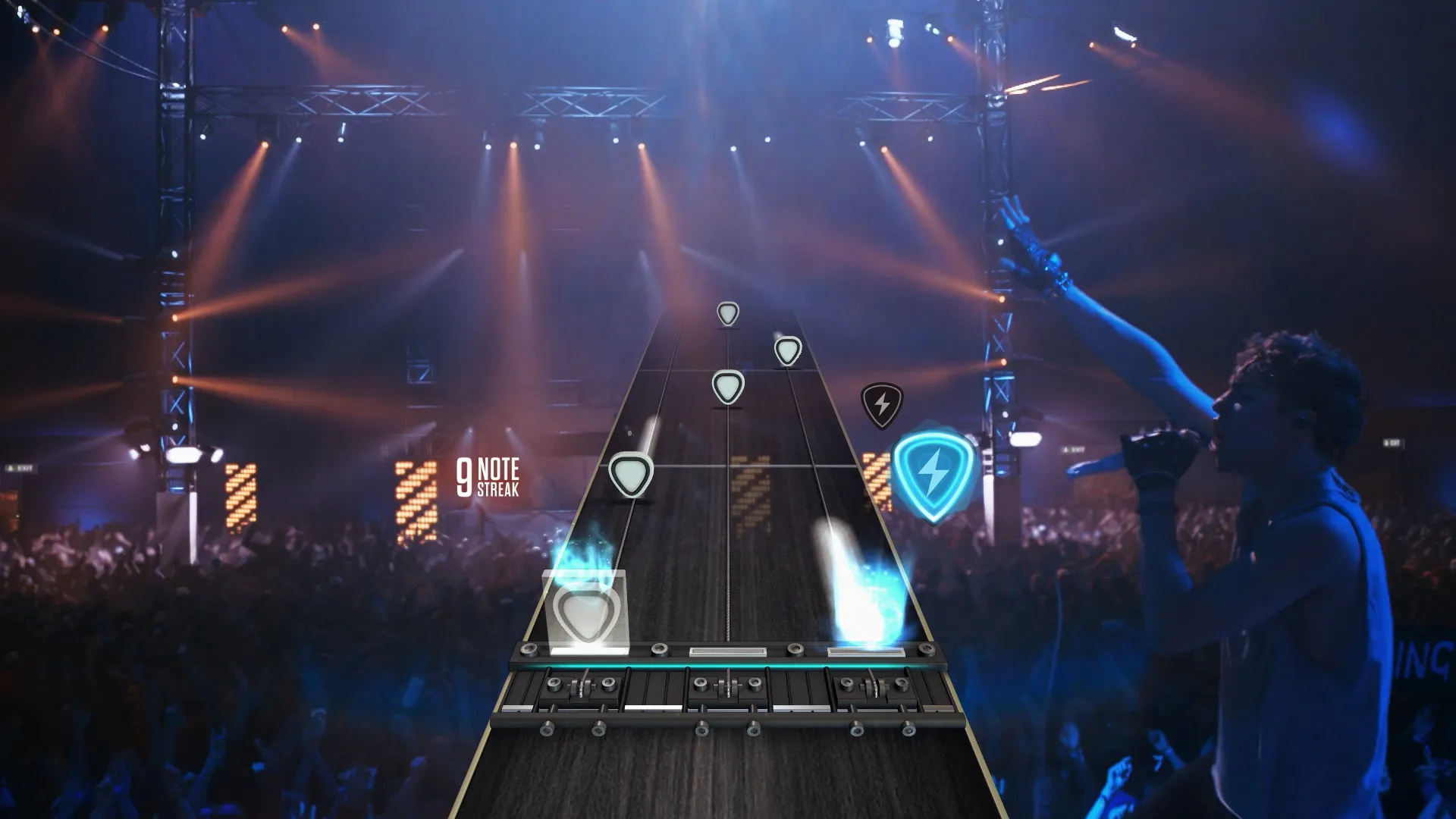
-
Guitar Hero Live Review
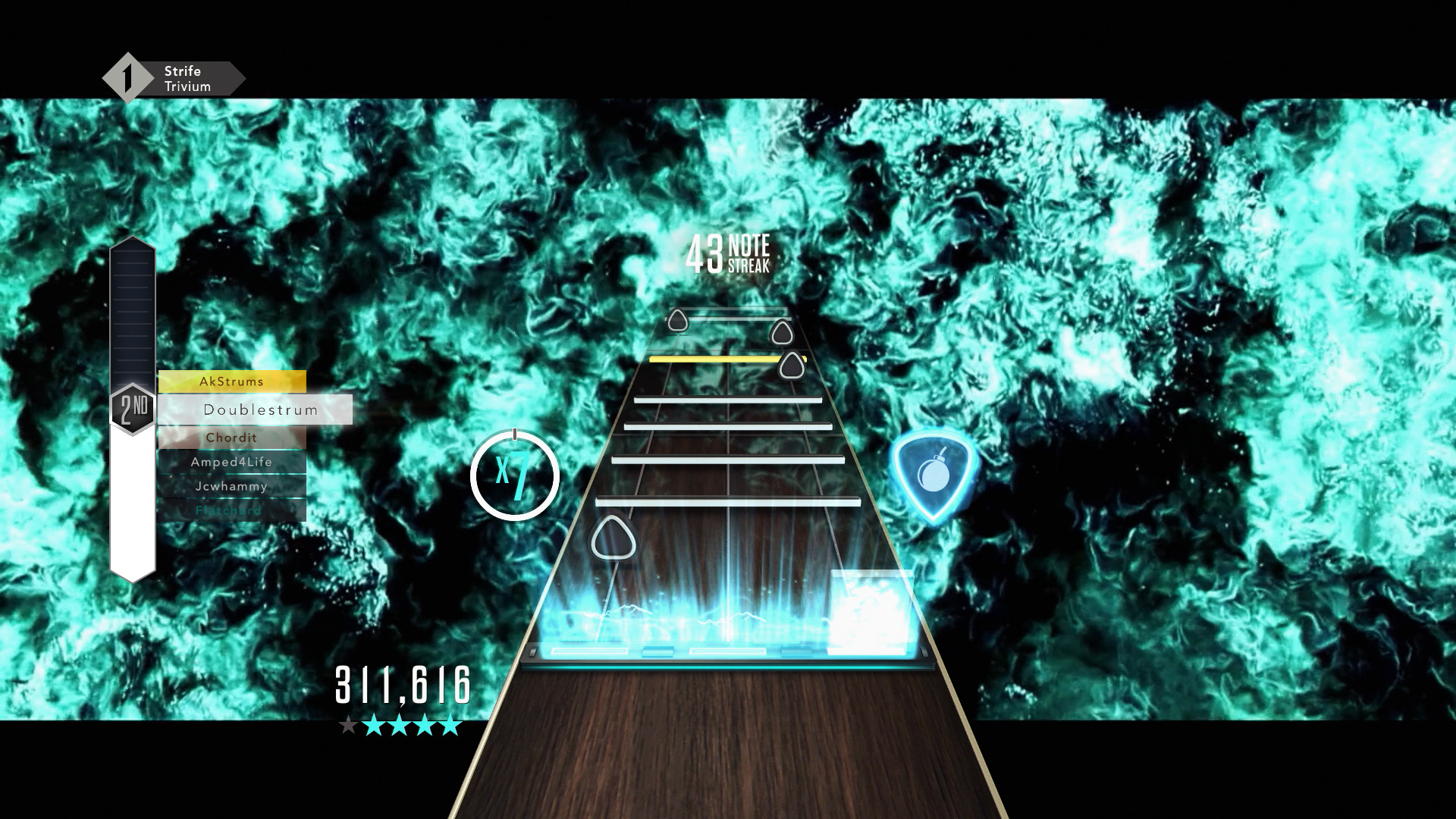
-
Guitar Hero Live Review
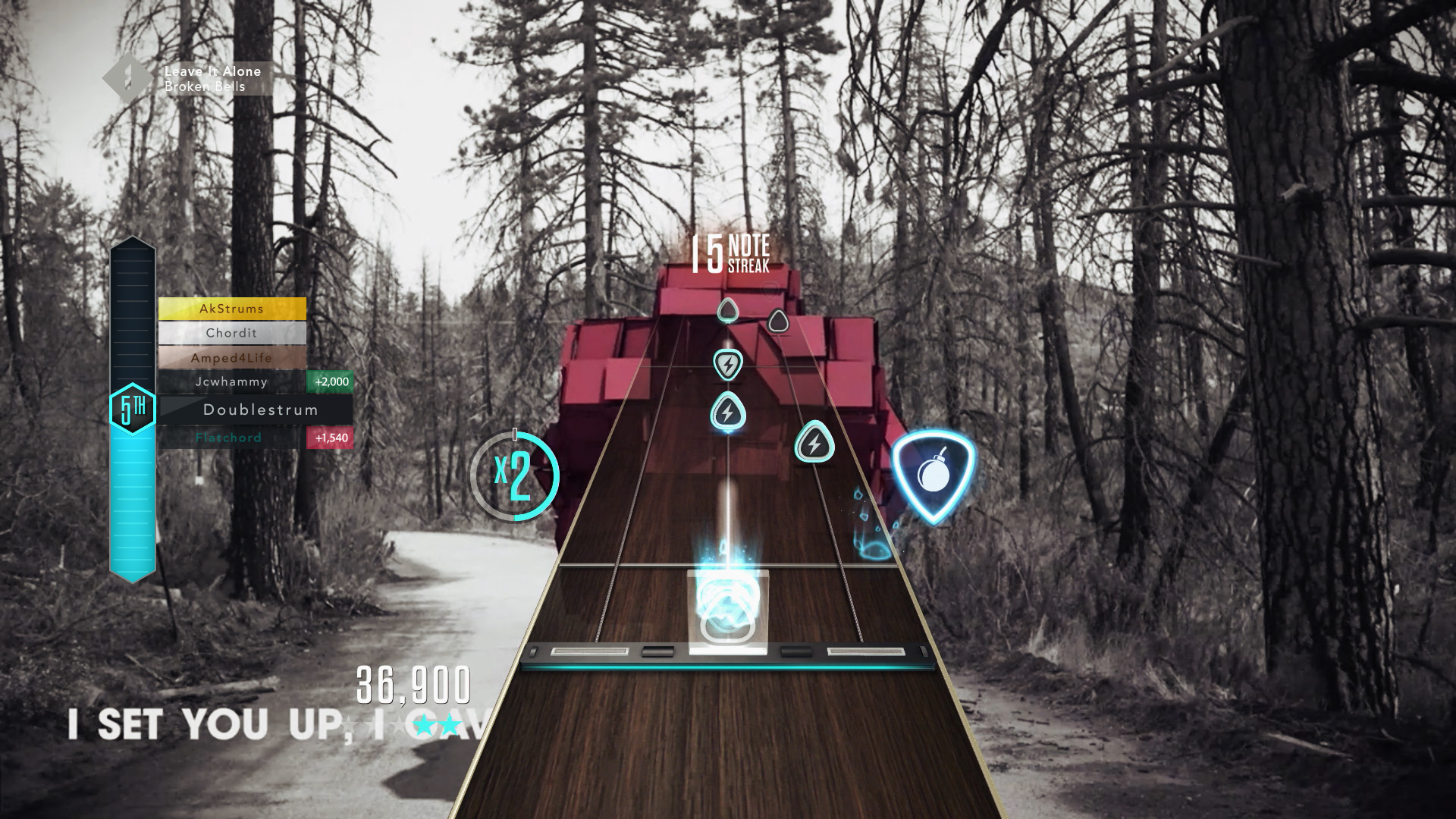
-
Guitar Hero Live Review
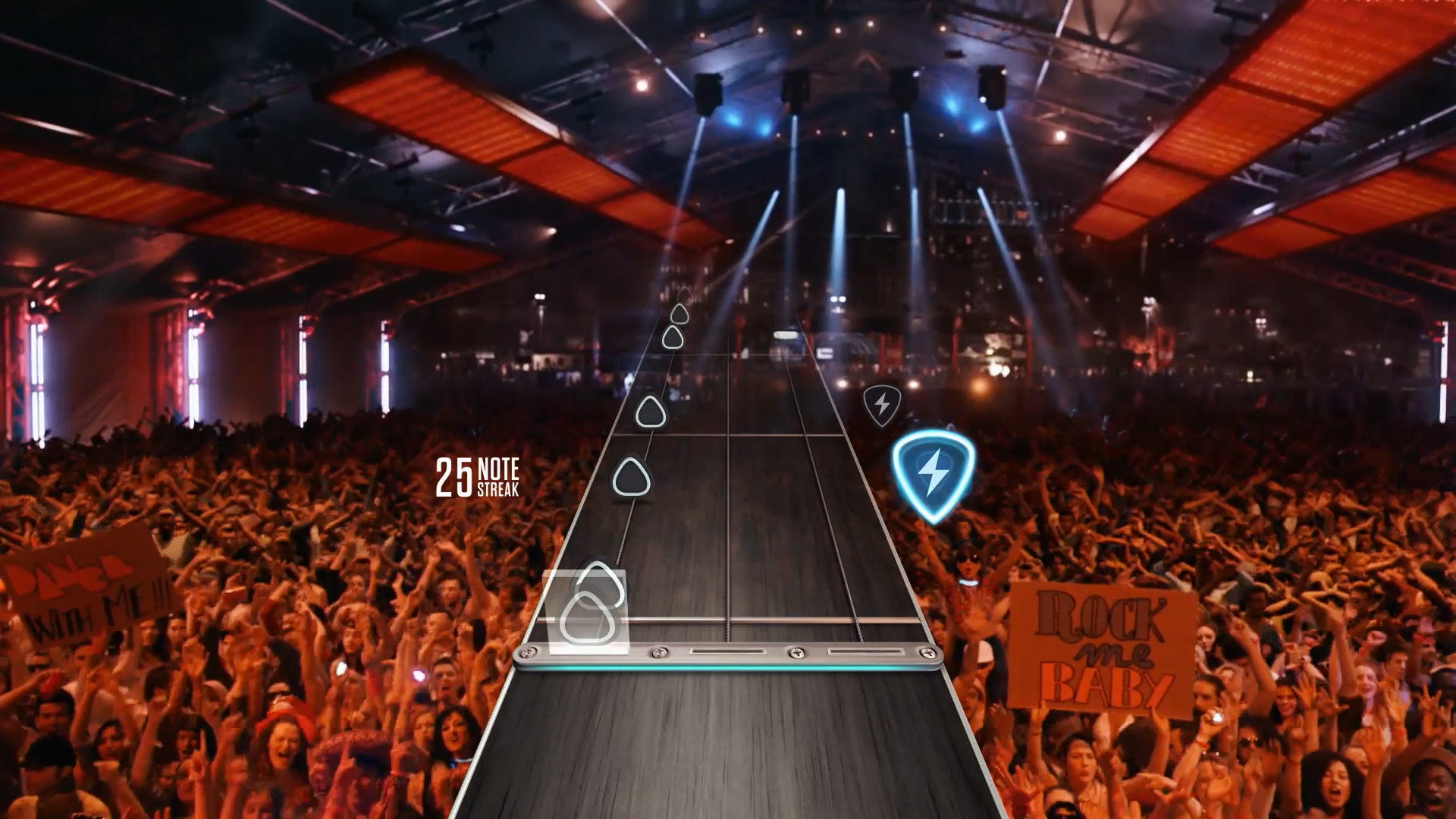
-
Guitar Hero Live Review
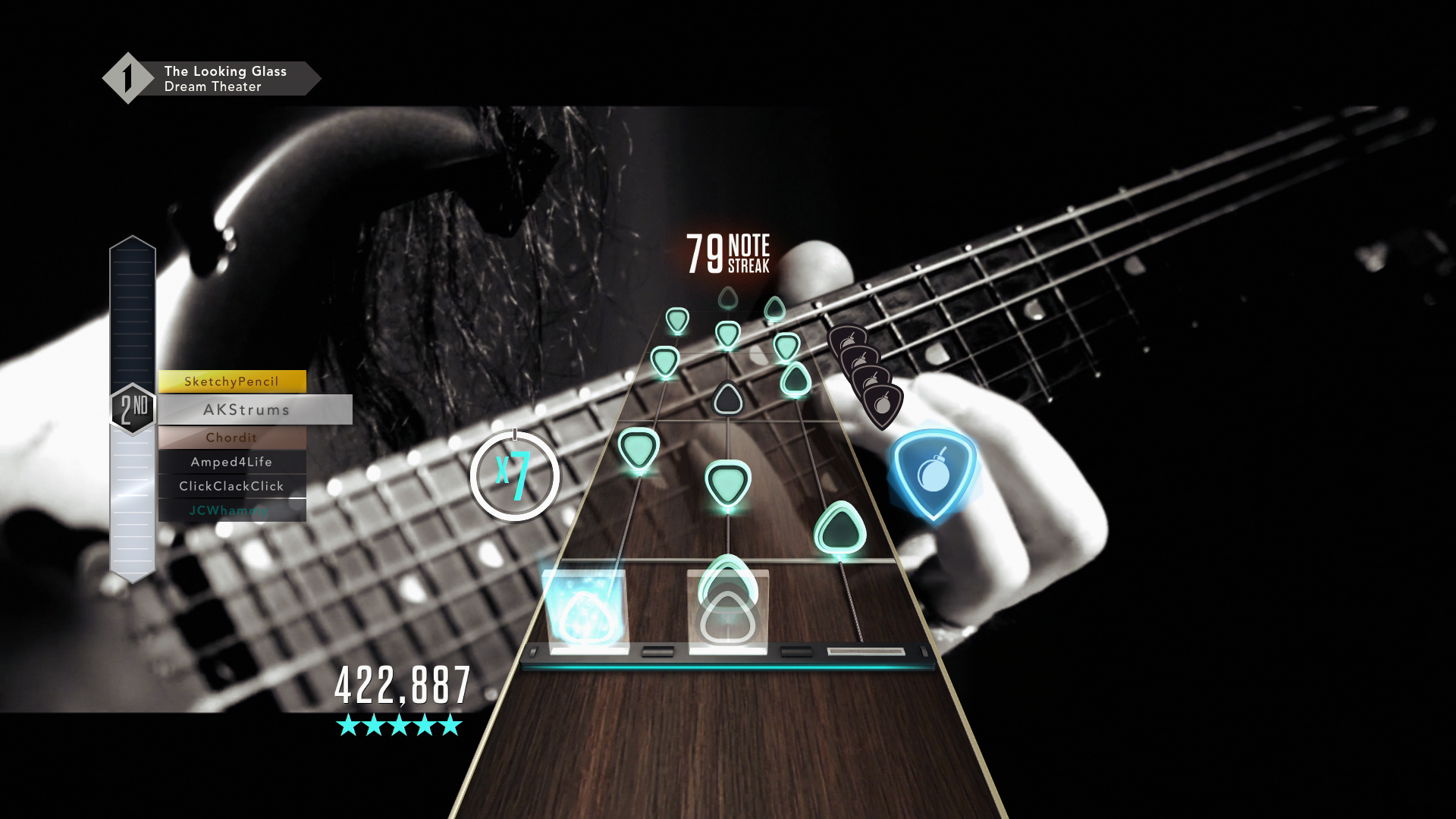
-
Guitar Hero Live Review
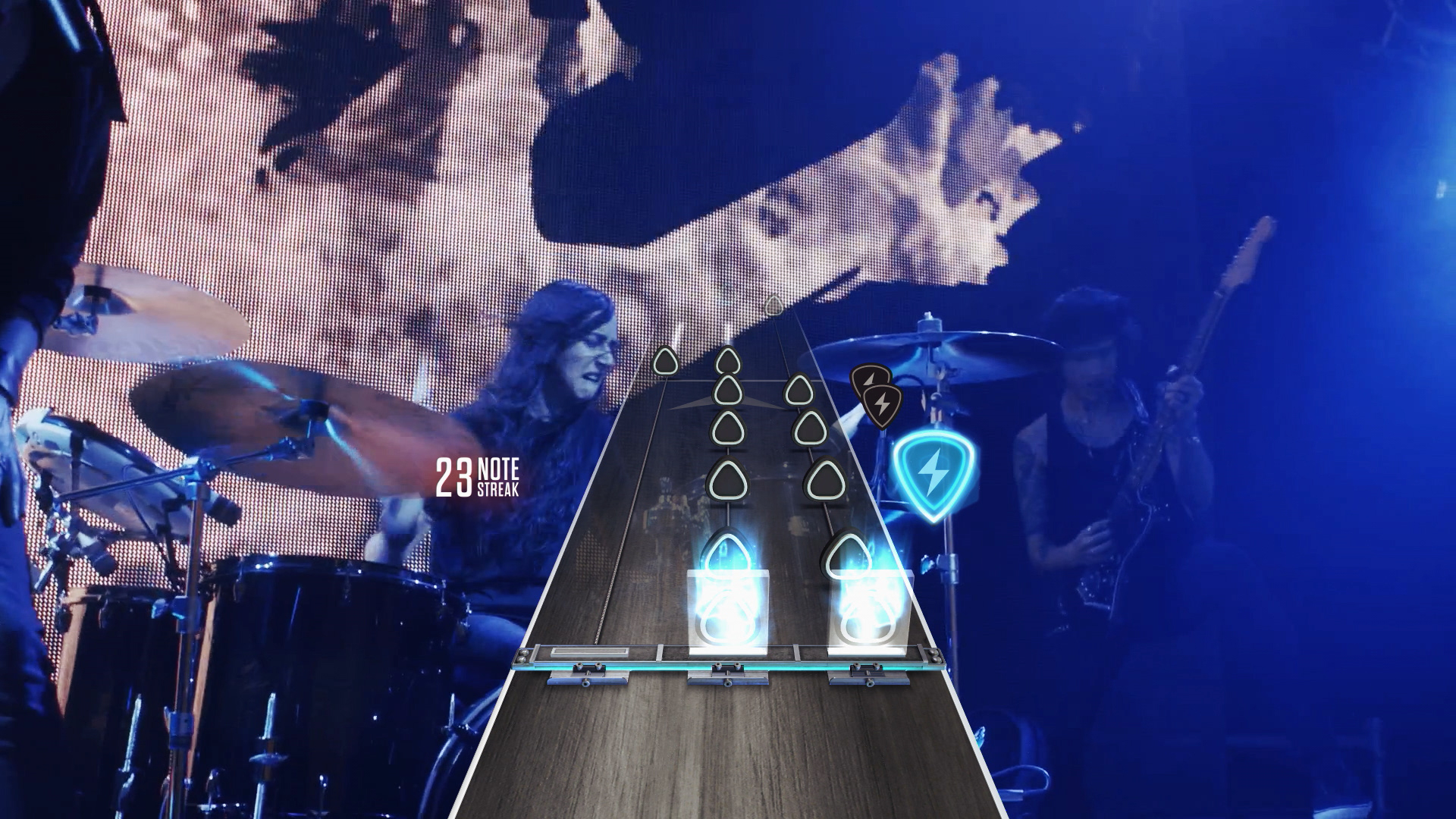
-
Guitar Hero Live Review
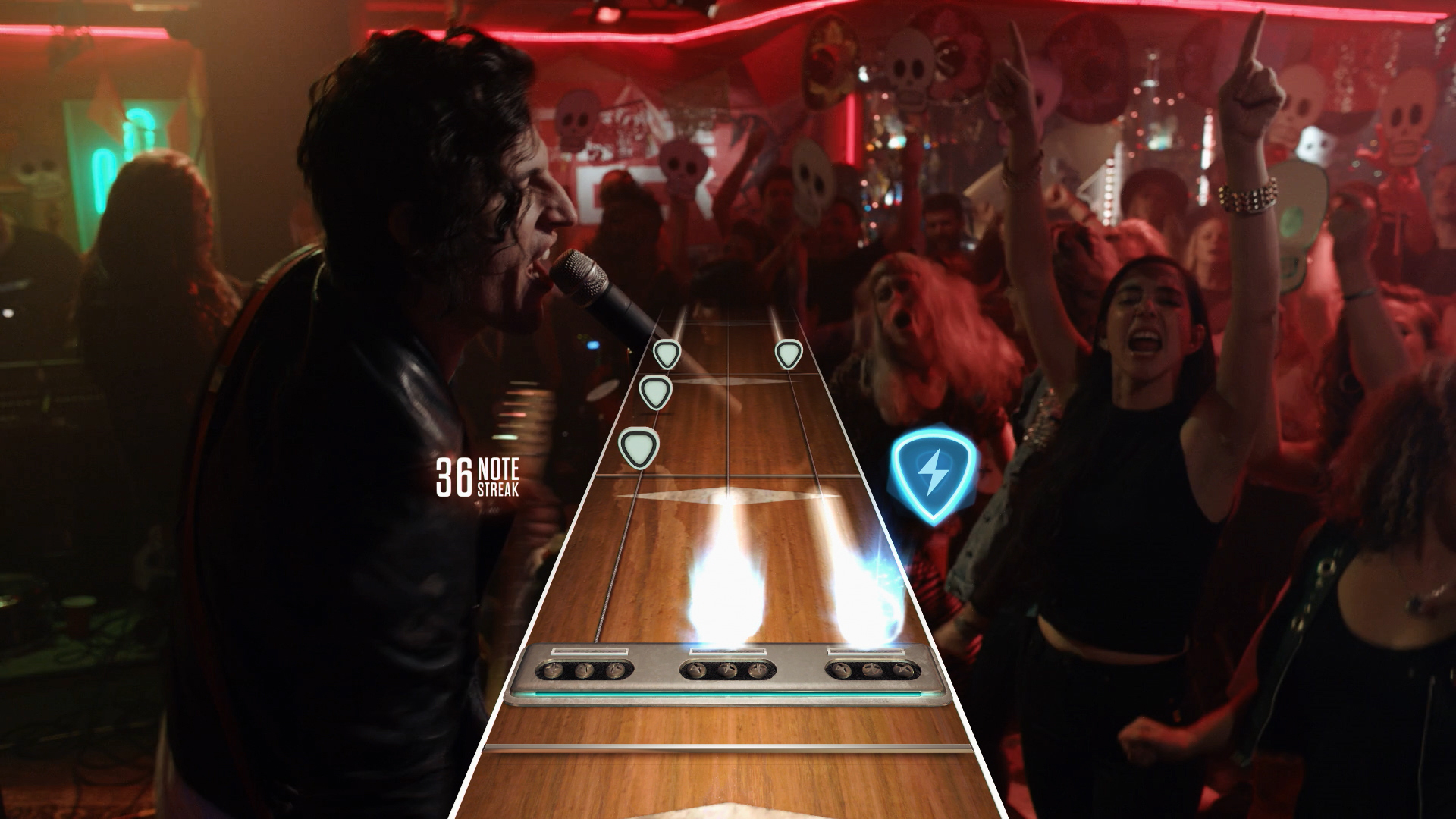
-
Guitar Hero Live Review
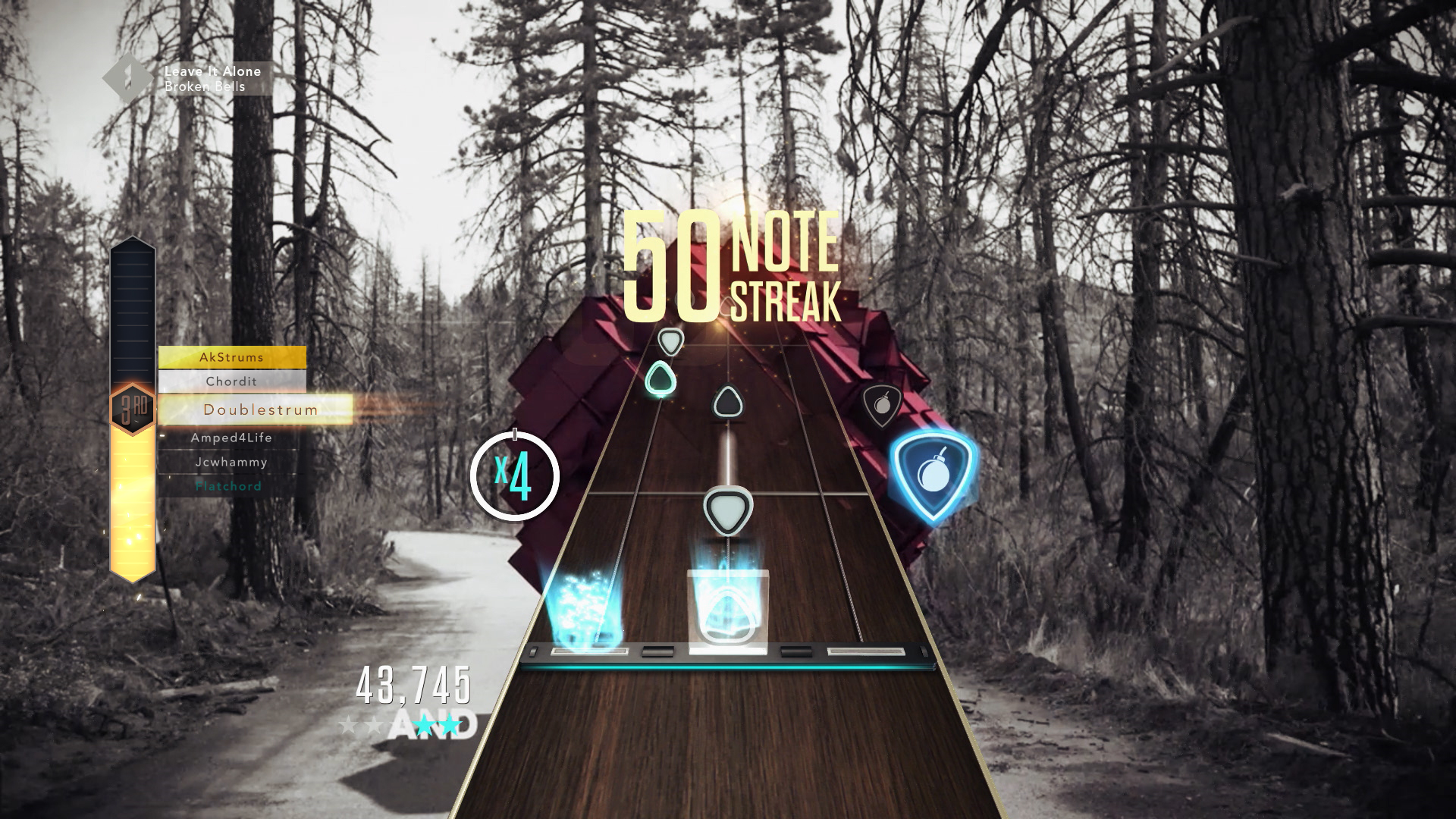
-
Guitar Hero Live Review
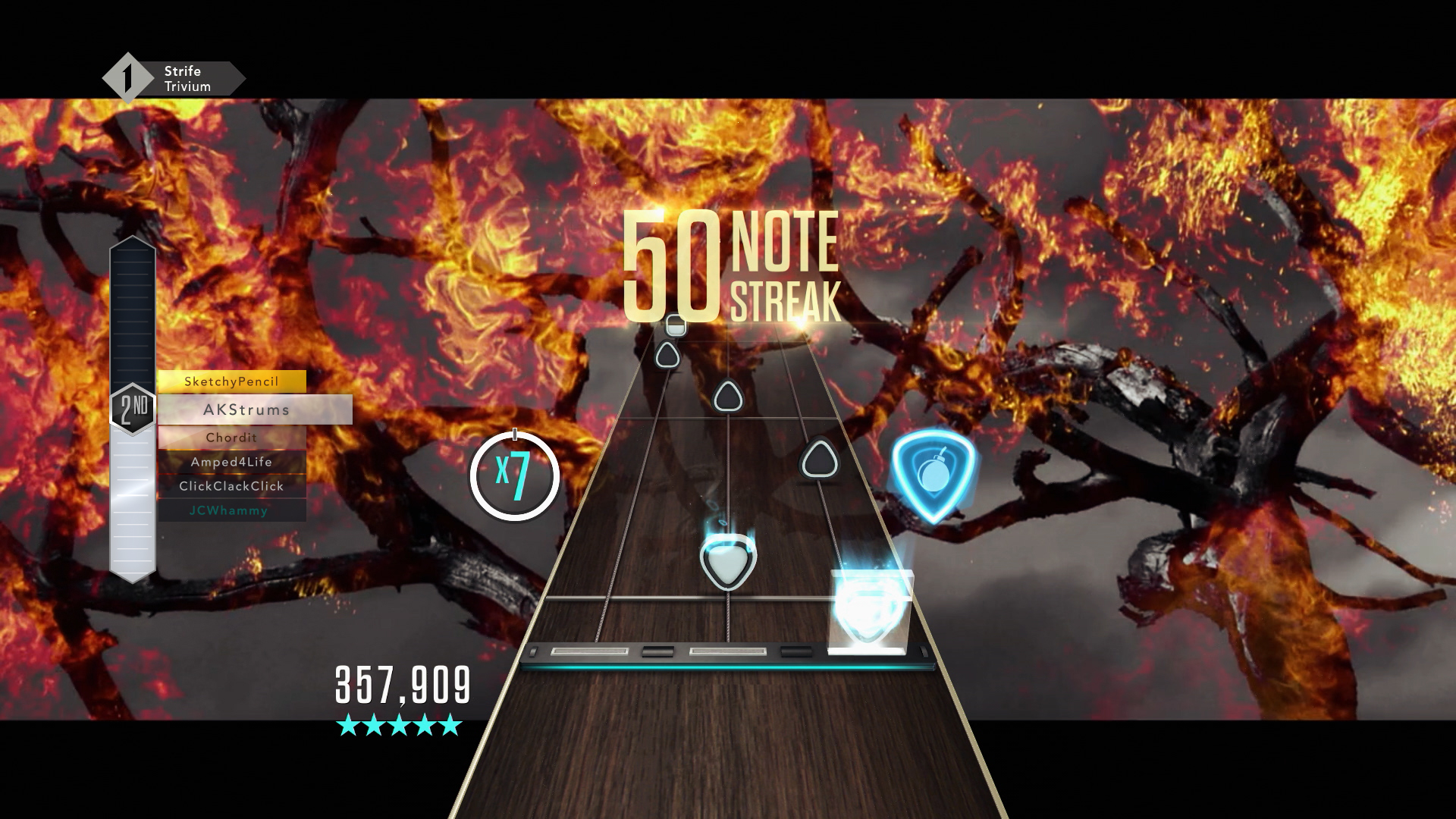
-
Guitar Hero Live Review
